“Between the Radłowo Hills and the Oksywie Hillock” – Postcards of Gdynia from early 20th Century (27 objects) (27 objects)
“This is how we reach Gdynia, whose bathhouse and pier we can see from afar. The boats and nets emerge from the fog in the distance. As we get closer, we can see Gdynia too. It is a mostly fishing village with a significant number of brick houses, located between the hills of Radłowo and the hillock of Oksywie. However, it is closer to the Radłowo uplands, below the manor of Kamienna Góra” – this is what Reverend Alfons Mańkowski, a social activist and a Pomerania historian said about Gdynia [1]. The statement is typical of tourists who came to the Baltic seaside for holiday. Gdynia and the villages in its vicinity – Oksywie and Grabówek – were an agricultural area, in spite of their coastal location. The villages were relatively rich. With “280, 420, 560 acres of perfect soil (50, 75, 100 ha) farms managed by, mainly Kashubian, rich farmers and landowners who were granted property right to the land. At the turn of the 19th and 20th century, there were small industrial companies or craftsmen’s workshops, brickyards, a lime factory, a lumber mill or blacksmith’s shops. The local inns and farmers’ houses offered meals and accommodation for workers and tourists. The inns initiated the Gdynia summer resort.
In 1900, the Gdynia elites started trying to get a permit for building a spa house. Therefore, on 25th March 1904, Towarzystwo Kąpieli Bałtyckich (the Baltica Baths Association) was established. The building was supposed to have its own restaurant and 17 guest rooms. Over the beach, a bathhouse for men and women was planned. There also was a plan to build a pier, which would go 50 m into the sea. On 11th April 1904, the foundation stone was fixed in. The construction lasted until July 1904. For a few years after its opening, the spa house was in crisis and kept changing its owners. Only in 1911, it was taken over by Franz Schikowski (who came from Oksywie) and the business became prosperous. Postcards with Gdynia landscapes and the view of the spa house were released to promote the place.
The postcards which have survived in the Gdynia City Museum’s collection are a visual documentation of the dynamic development of the village of Gdynia and its vicinity, which became a part of the city. They provide an image of the rich agricultural, fishing and tourist past of Gdynia which makes it impossible to forget about its roots.
The collection contains postcards which present the area between Kępa Redłowska, Kępa Oksywksa and Grabówek until 1920. A large number of postcards from this time presents Orłowo and Kolibki, which are presented in a separate collection “Orłowo and Kolibki Before 1939 in Postcards”.
[1] A. Mańkowski, Brzegiem Małego i Wielkiego Morza. Wspomnienia z wędrówki krajoznawczej (Along the Small and Big Sea Coast. Memories from a Hike) , Poznań 1914, p.17







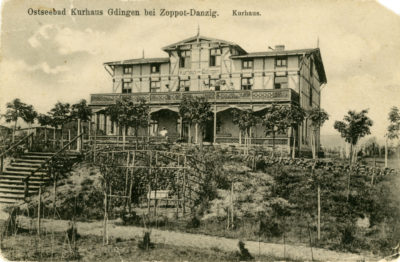
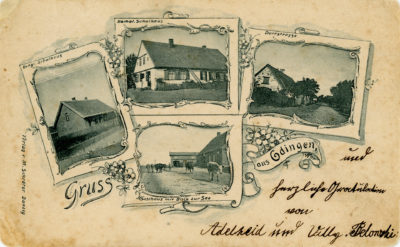
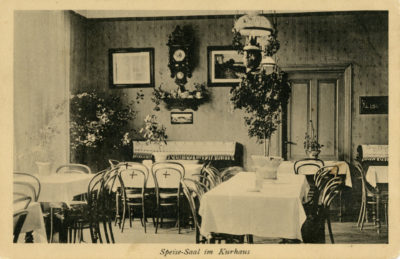
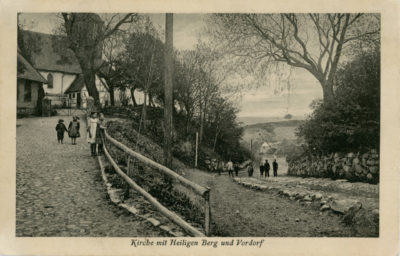
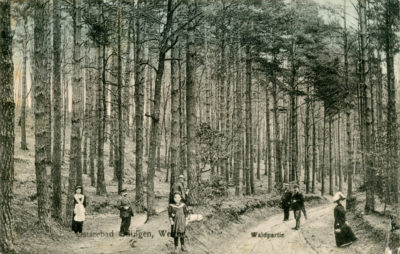
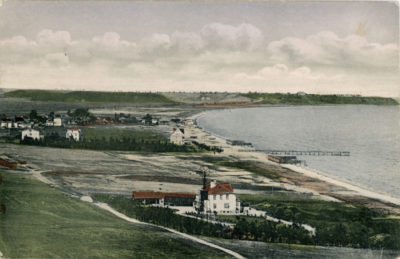
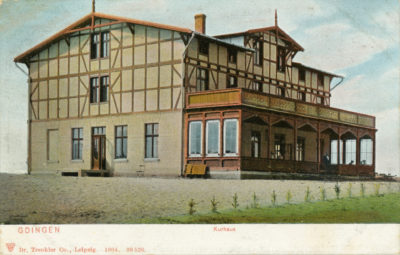
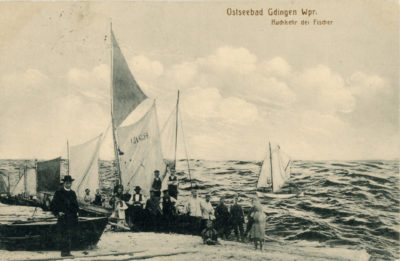
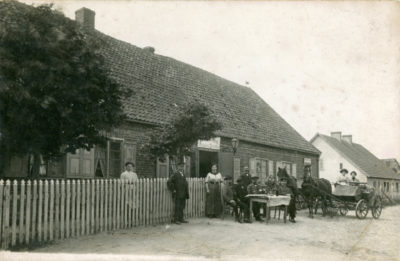
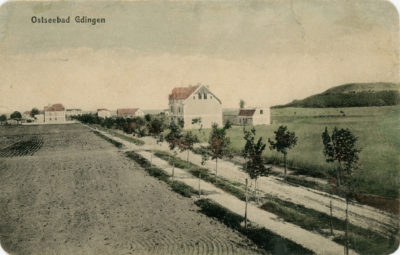
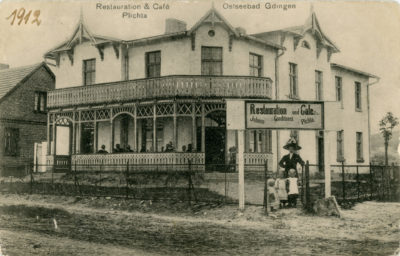
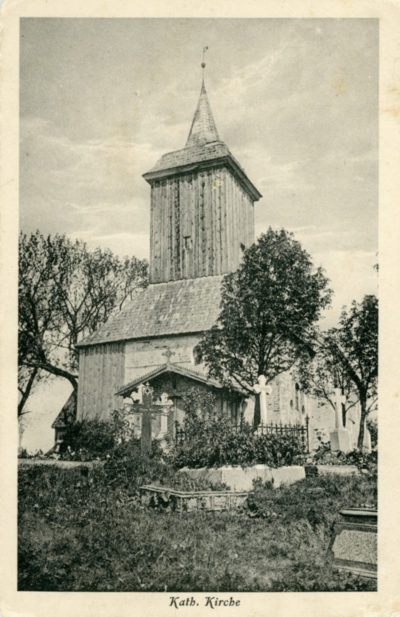
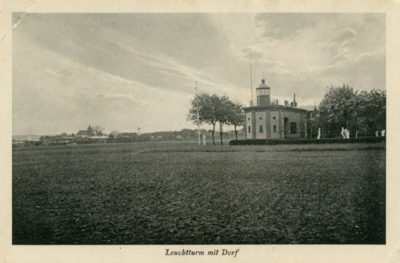
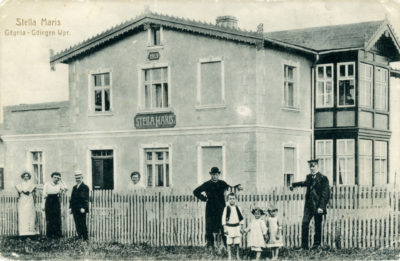
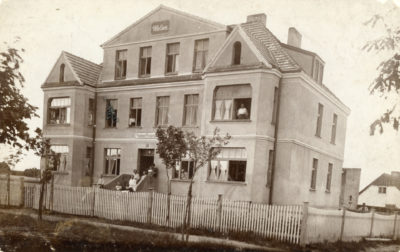
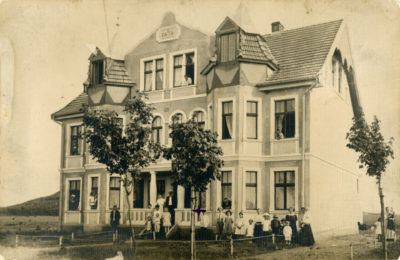
 Show more
Show more